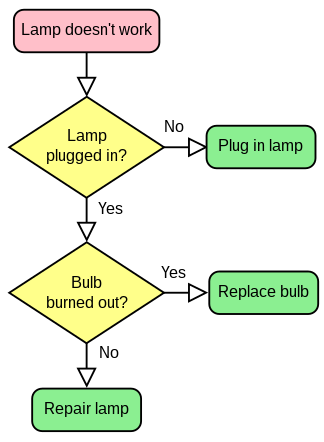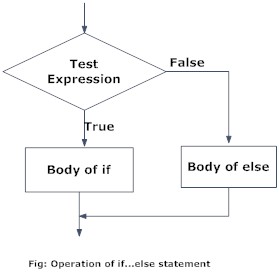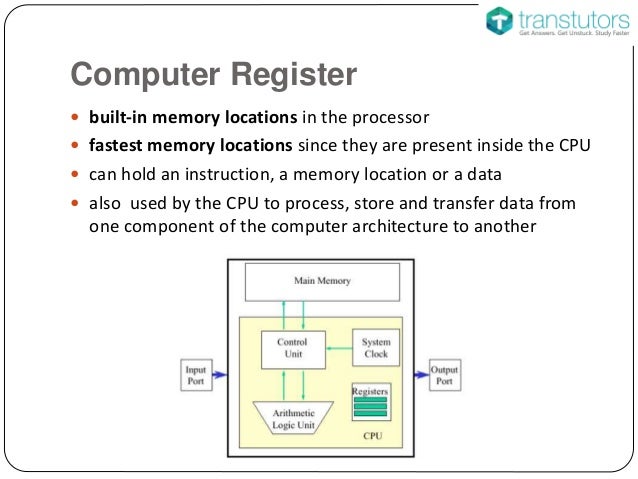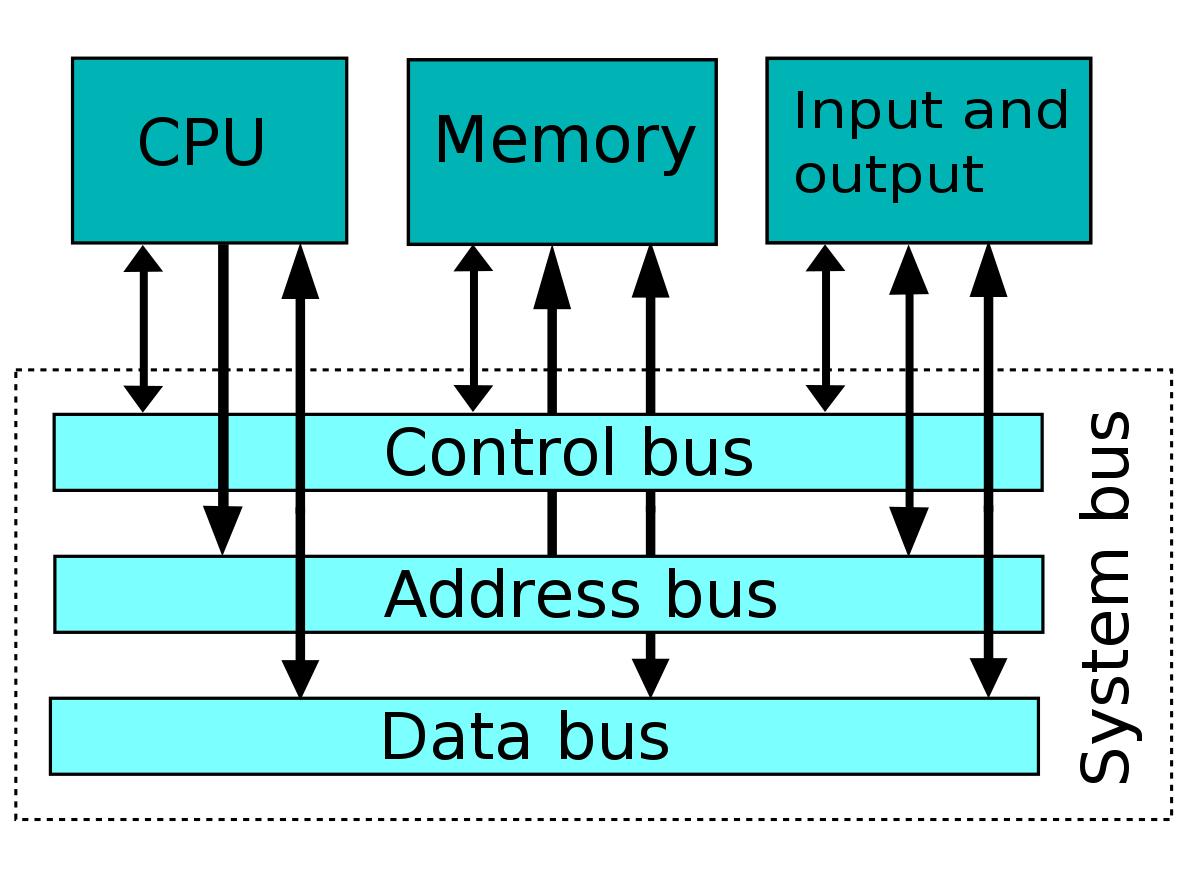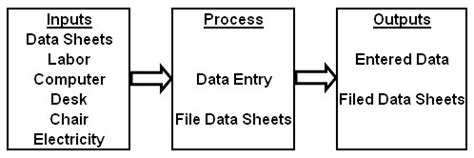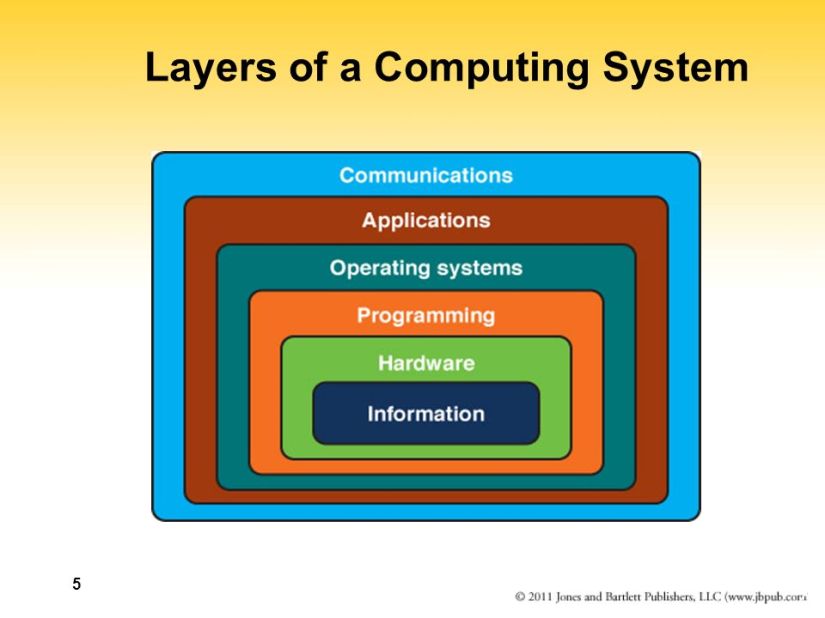I love this topic of spreadsheet! First, it is quite useful. I’ve been wishing that I could use different functions of the spread sheet for “decades”, yet I didn’t receive a systematic education of that. This is a precious opportunity for me to learn these. Also, as we are editing the functions, we should pay attention to the details as well, which cultivated our sense of preciseness. What’s more, Mr. Pete adopted an advanced teaching way – we learnt Spreadsheet all together through the internet. We can attach to our teacher’s sample, as well as learning from others.
What is Spreadsheet?
Spreadsheet belongs to software. Spreadsheet is a grid of cells organized into rows and columns in which we enter and store our data. Using spreadsheet software, we can do all of the following: Create, edit, sort, analyze, summarize, and format data as well as graph it. Keep budgets and handle payroll Track investments, loans, sales, inventory, etc.

↑spreadsheet on zoho

classmates chating crazily through this platform

↑The cell address of the selected cell is shown in the left-top of the page.
We can use the spreadsheet to deal with a numerous of real issues.
For example:
Create a story together.
By using the concatenate function, we can put texts in different sheets that represents different students in our class to combine the paragraph. The formula is:
=CONCATENATE(textA;textB;…;textX)
We used the concatenate function to make up the paragraph in the team. Then Mr. Pete used it again to combine the paragraphs again. It is quite easy for us to know the location of each words and we can change the word immediately with extract work, whereas if one of the person changed the refering cell, we cannot get the entire passage anymore.
Examine my scores.
To do this, we should first put our scores in the column. (All the numbers in my sheet is fake ) I used random number to create most of them within 1-100. Here I have a question: how can we create the decimal numbers with RANDOM function. I haven’t figured it out yet. We can do the AVERAGE/SUM function. Then it will give us the calculation results almost immediately.

↑the process of calculating AVE and SUM
From the data, we can know our average and sum score to see whether we are balanced.
Examine further about the score.
We can use the following functions to reach different aims.
| MAX | ||||||||||||||
| Returns the maximum of a list of arguments, ignoring text entries. | ||||||||||||||
| We can use this function to find the best subject for us in the section. | ||||||||||||||
|
||||||||||||||
| number1 to number30 are up to 30 numbers or ranges containing numbers.
|
| ROUNDDOWN | |
| Rounds a number down, toward zero, to a certain precision. | |
| This helps us to round the number as the smaller one. | |
|
|
| Returns number rounded down (towards zero) to places decimal places. If places is omitted or zero, the function rounds down to an integer. If places is negative, the function rounds down to the next 10, 100, 1000, etc. This function rounds towards zero. 99.12345 à =ROUND(C3;2) |
| ROUNDUP | |
| Rounds a number up, away from zero, to a certain precision. | |
| This helps to round the numbers into a bigger one. | |
|
|
| Returns number rounded up (away from zero) to places decimal places. If places is omitted or zero, the function rounds up to an integer. If places is negative, the function rounds up to the next 10, 100, 1000, etc. This function rounds away from zero. |
| ABS | |||||||||||||||||||||||||||||||||||
| Returns the absolute value of a number. | |||||||||||||||||||||||||||||||||||
| We can use it when we want to see the change but not the effect. | |||||||||||||||||||||||||||||||||||
|
|||||||||||||||||||||||||||||||||||
| number is the number whose absolute value is to be calculated. The absolute value of a number is its value without the +/- sign.
Challenge 2
(
)
|
Determine the range and give out comments.

We used the word editor to create a pseudocode to relate our scores to IB scales. Here is the result:
=IF(AND(C3>=0;C3<=49;“1”;IF(AND(C3>=50;C3<=59);“2”;IF(AND(C3>=60;C3<=69);“3”;IF(AND(C3>=70;C3<=79);“4”;IF(AND(C3>=80;C3<=89);“5”;IF(AND(C3>=90;C3<=96);“6”;IF(AND(C3>=97;C3<=100);“7”;“N/A”))))))))
One of the most important thing is that, we should pay attention to the amount of brackets. Also, we should not use extra space or the comma in Chinese typing form. Every single detail should be paid enough attention.
After that, we an know how much we get in IB programme.

We can also use the markers to lable different kinds of numbers/ words.
Conclusion
All in all, the spreadsheet is very useful and powerful. I will definitely use it in the next project!








